

Whether you’re buying or selling a home, knowing a bit about its history is bound to make it a richer experience.
Here are some of our favorite styles found in the area.
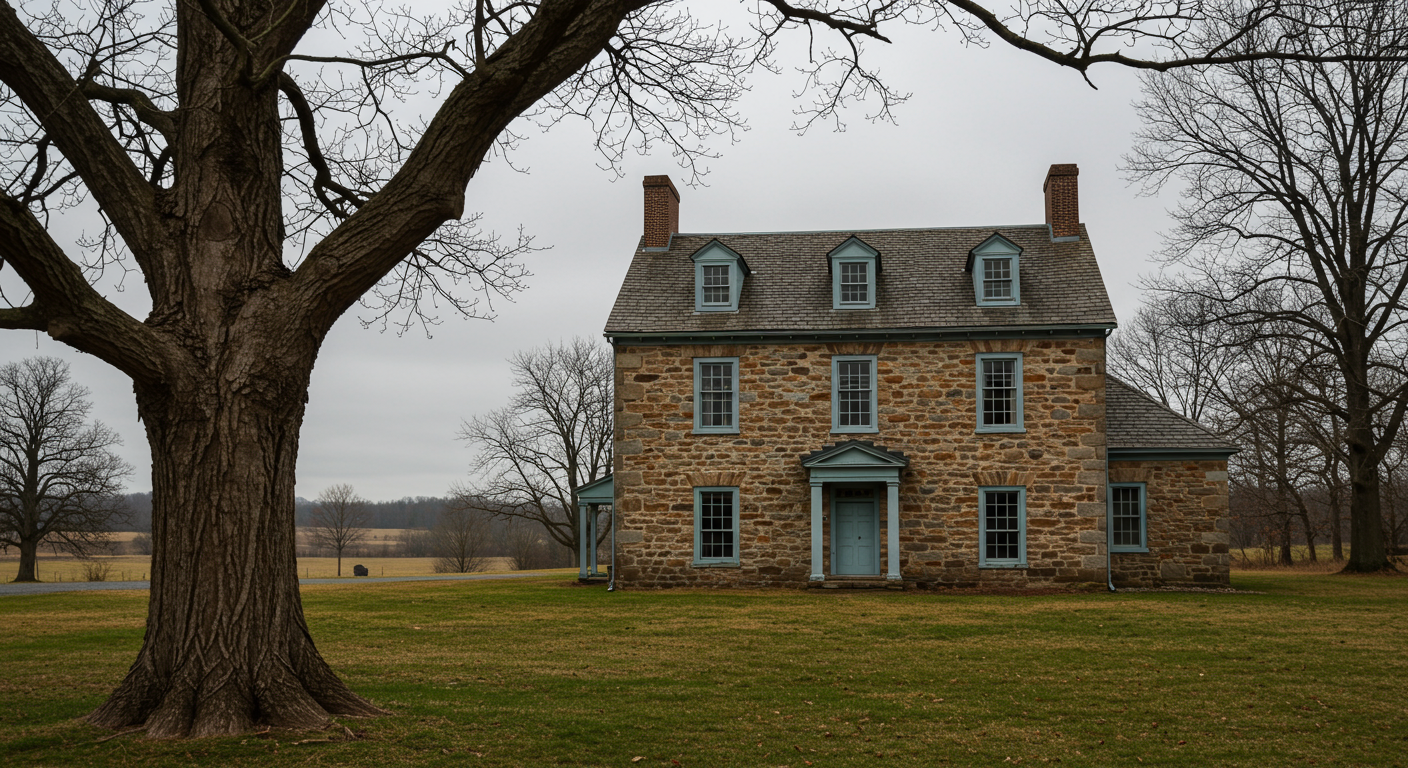
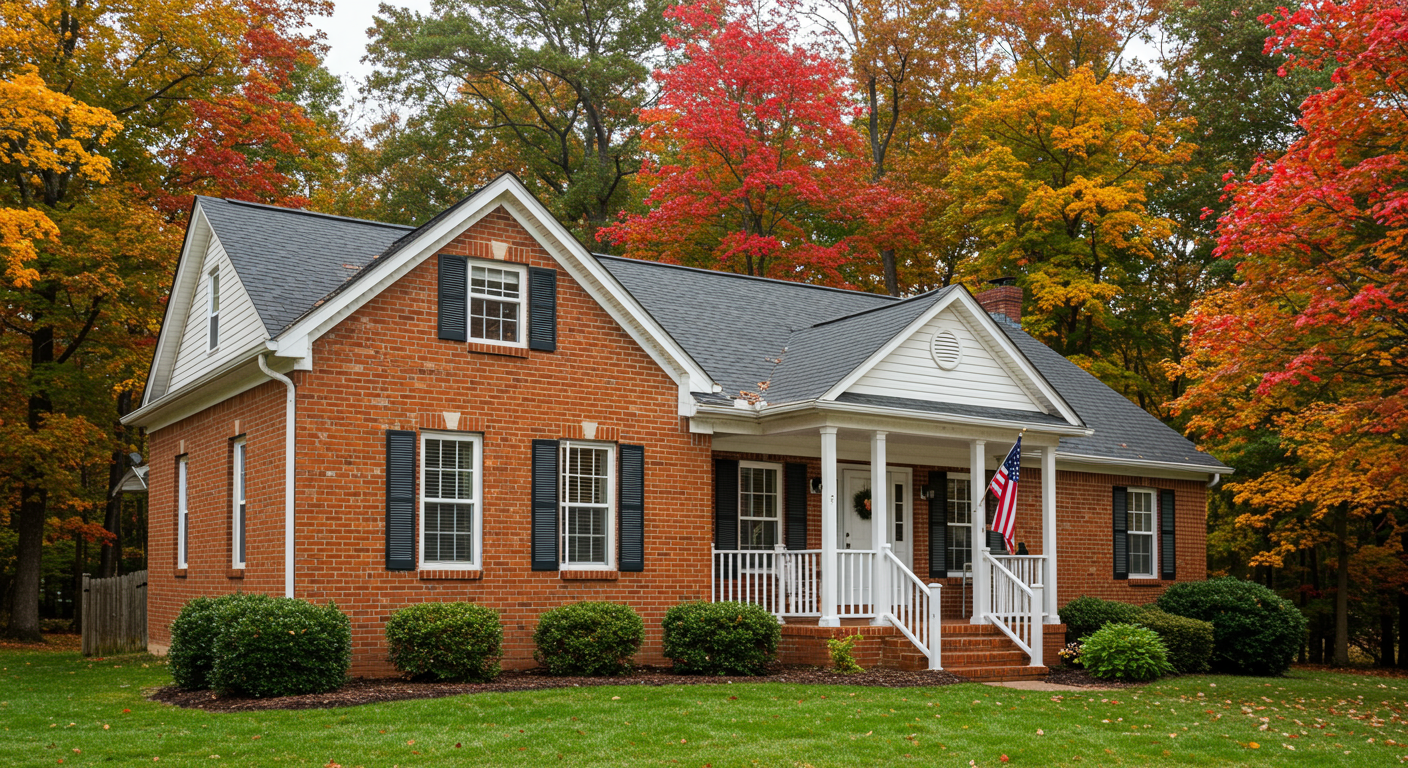
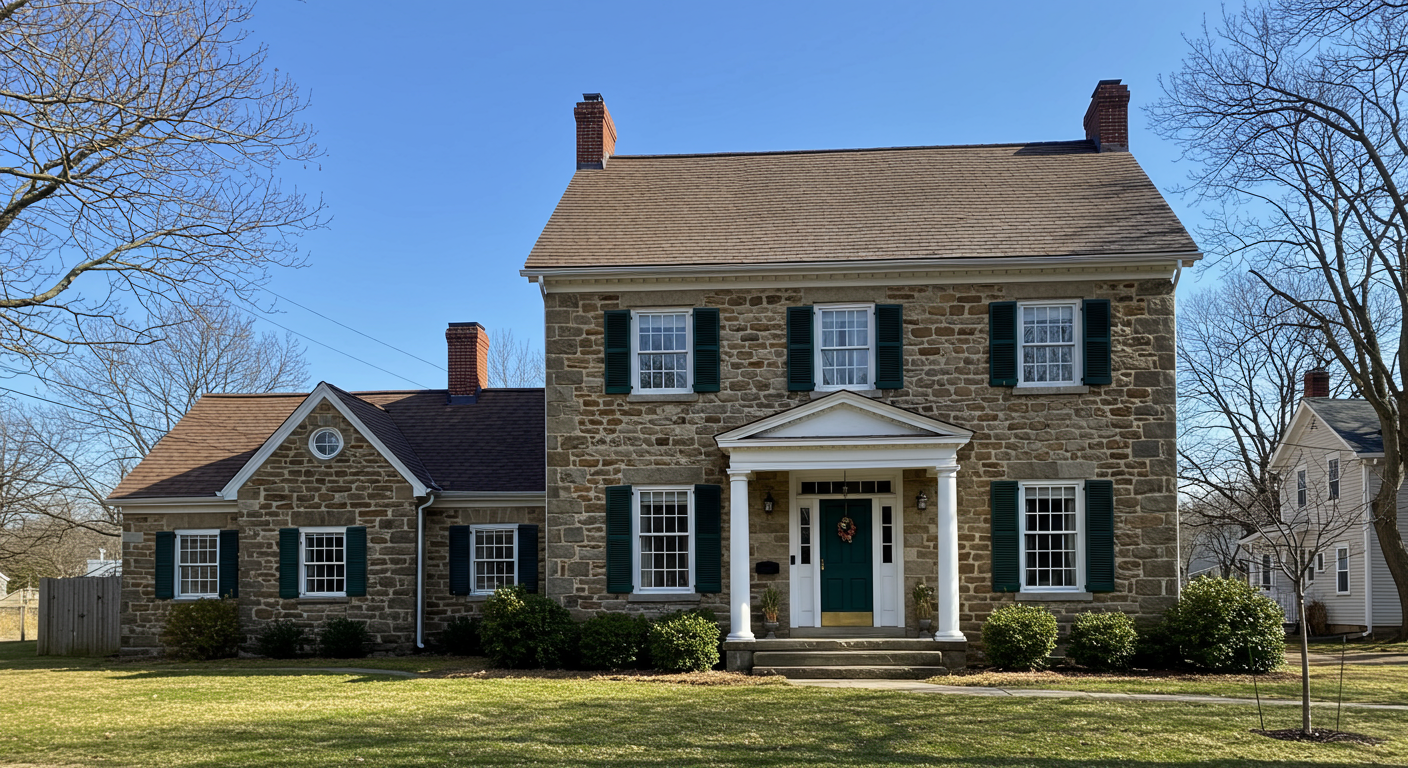
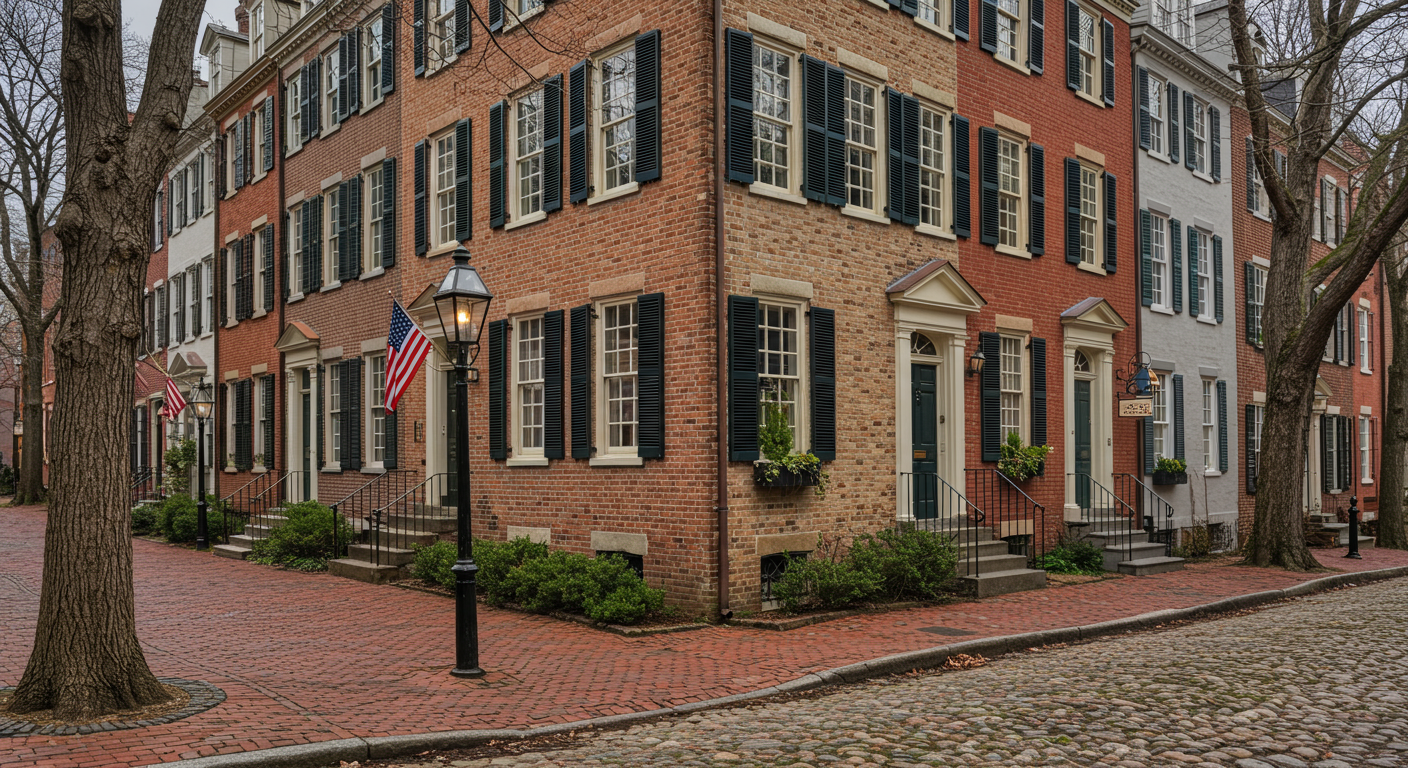


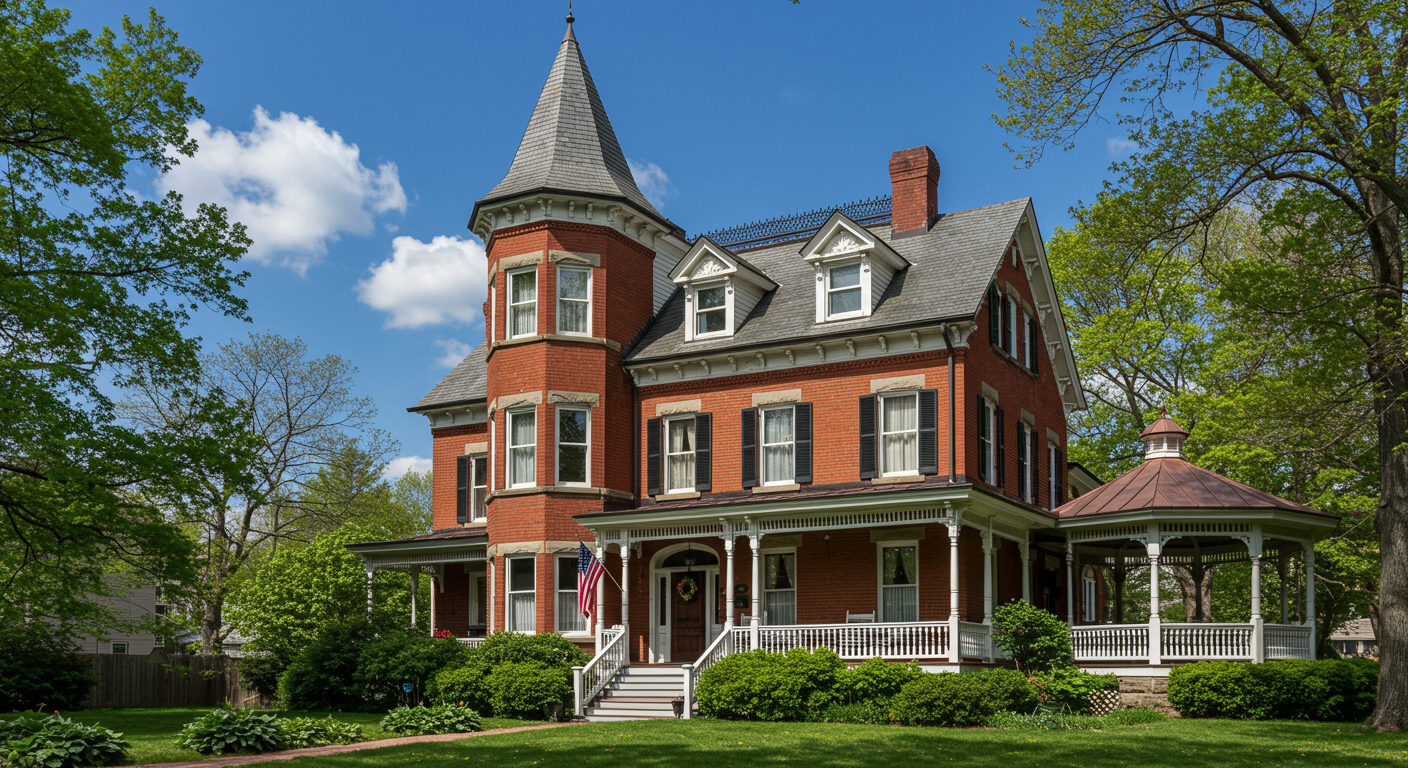
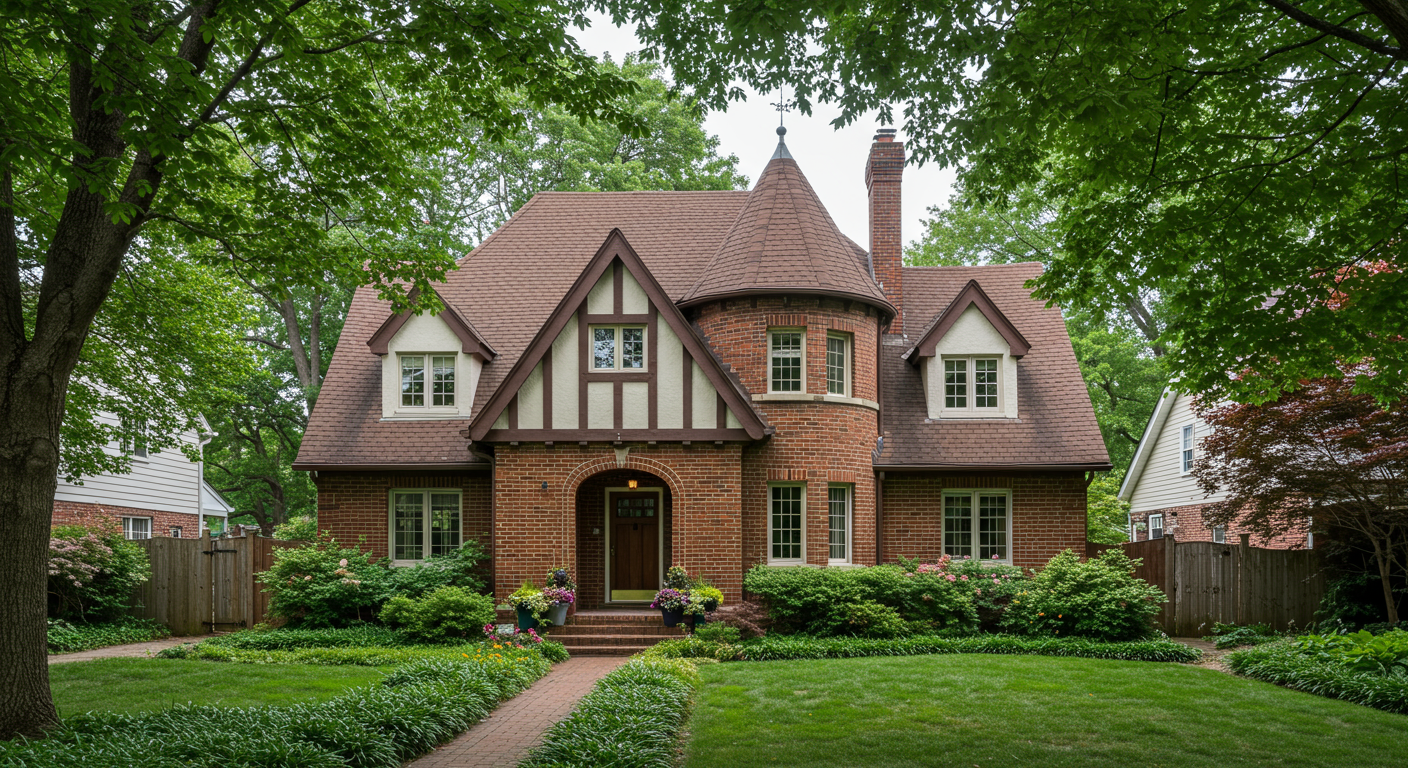
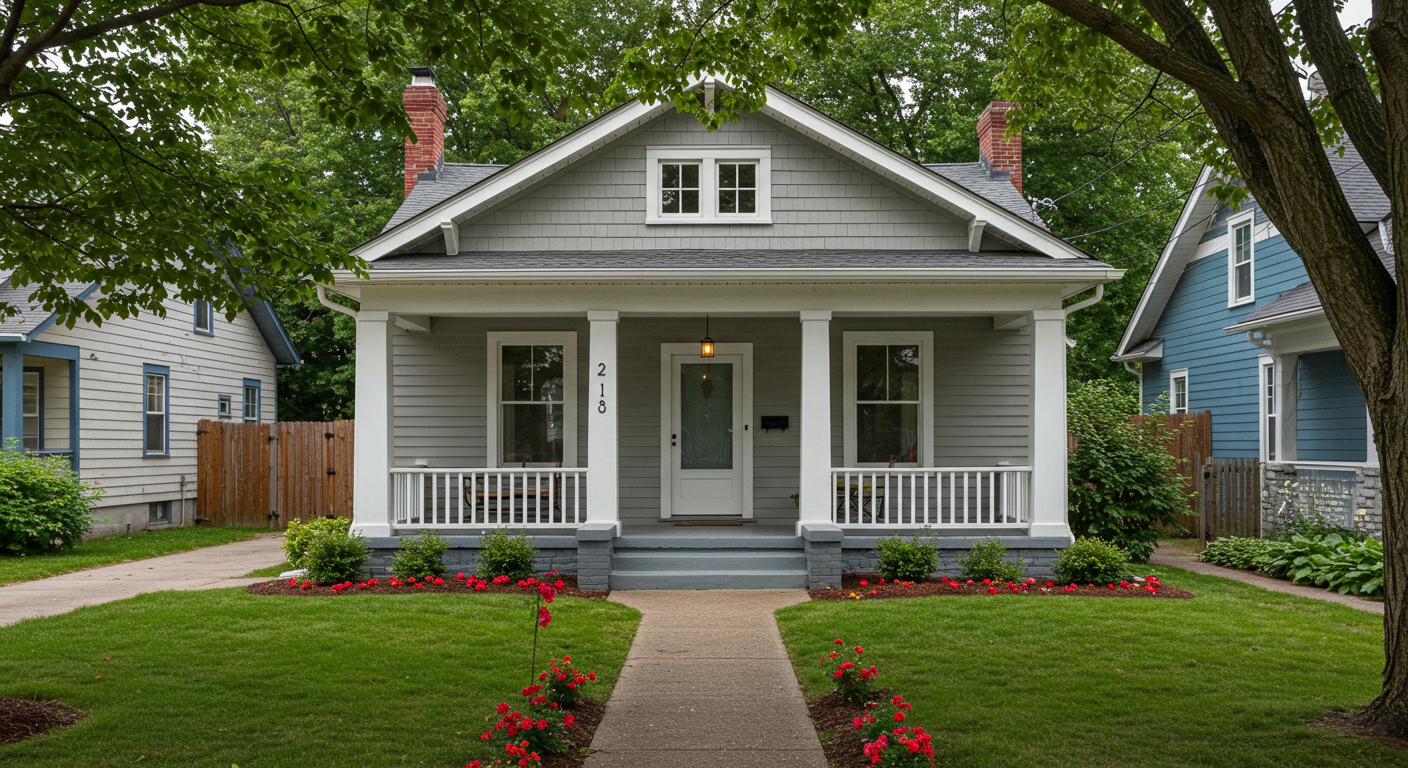
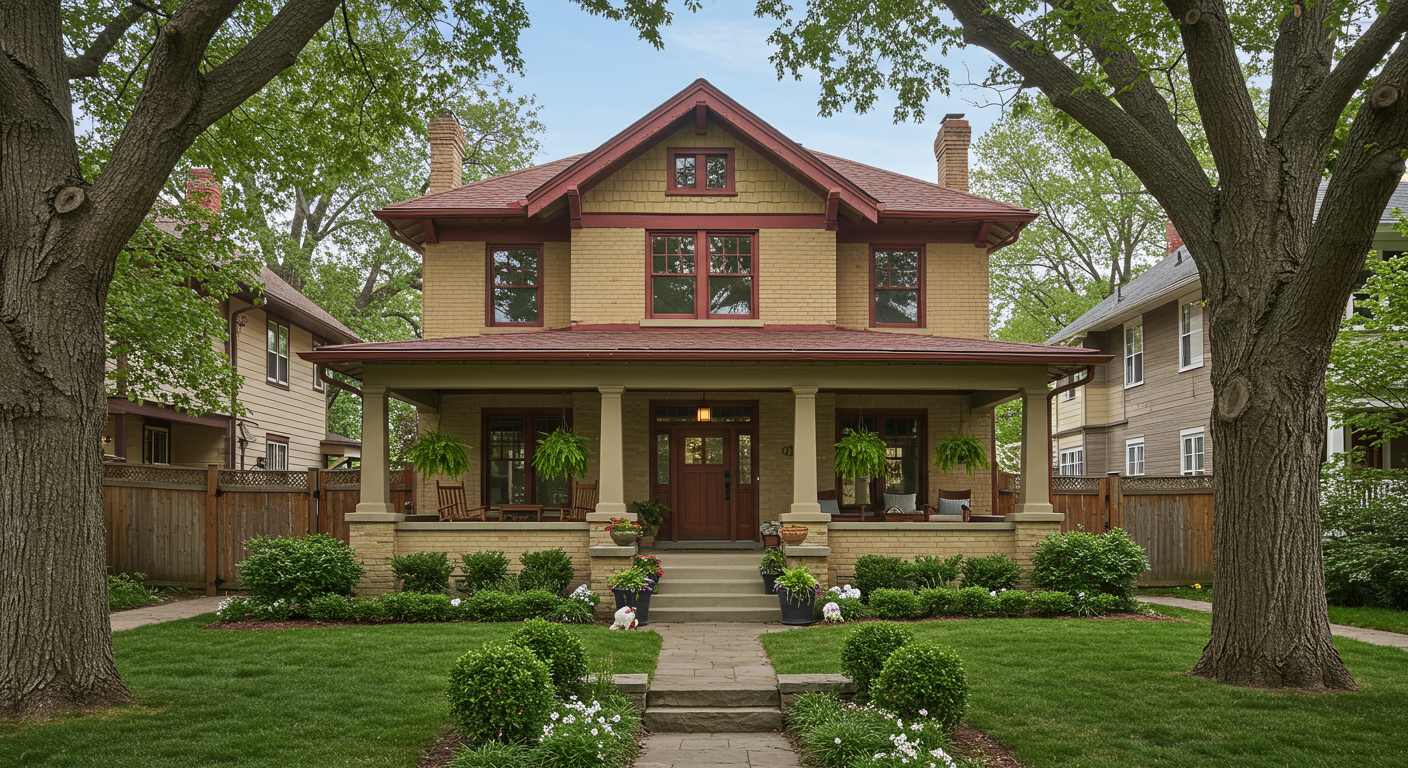
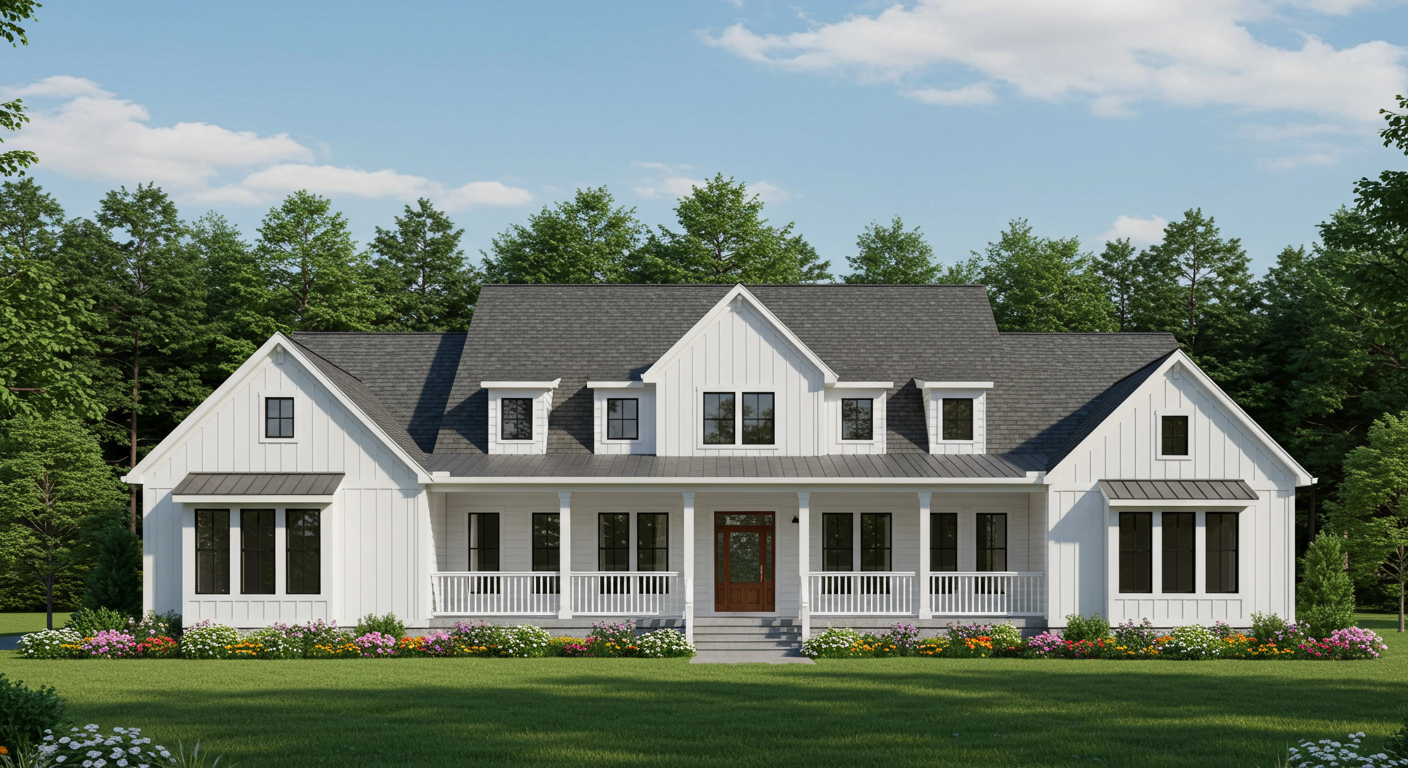
Kerry makes it her priority to provide each and every client with dedicated personal service coupled with in-depth market knowledge, experience, and the tenacity to deliver the most favorable terms and best possible price.
Let's Connect